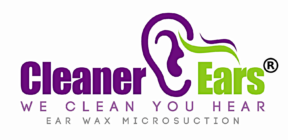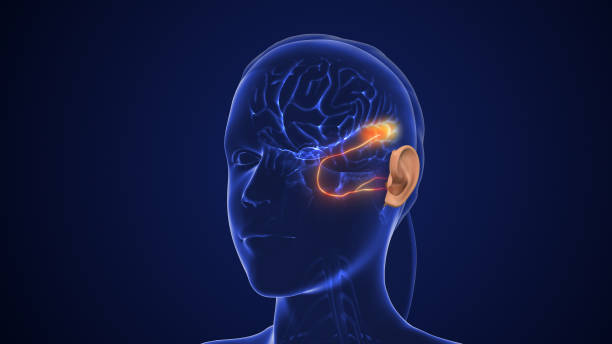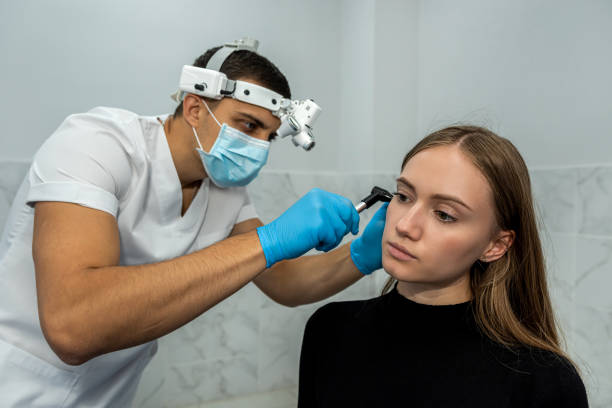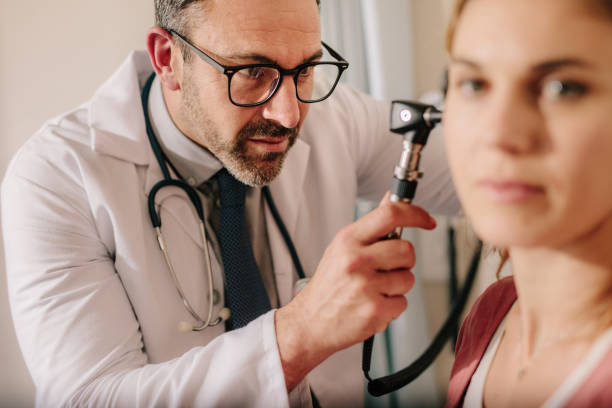How Smoking or Pollution Can Impact Ear Health
How Smoking or Pollution Can Impact Ear Health Ear health is essential for our overall well-being, yet it is often overlooked. While most people are aware of how loud noises or improper ear hygiene can harm their ears, fewer understand the impact of smoking and pollution. These environmental and lifestyle factors don’t just affect your respiratory system—they can also have a significant impact on your ears, including increased earwax production and other ear-related issues. In this blog, we’ll delve into how smoking and pollution contribute to ear problems, focusing on their effects on earwax production and overall ear health. Understanding the Role of Earwax in Ear Health Earwax, or cerumen, is a natural substance that protects the ear canal. It traps dirt, debris, and harmful bacteria, preventing them from reaching deeper parts of the ear. Normally, earwax moves out of the ear canal on its own. However, external factors like smoking and pollution can disrupt this balance, leading to excessive wax build-up and potential health complications. How Smoking Affects Ear Health Smoking has long been linked to various health issues, but its impact on ear health is less commonly discussed. Here’s how smoking can affect your ears: 1. Increased Earwax Production Smoking introduces toxic chemicals into your body, which can stimulate the glands in your ear canal to produce more wax as a defense mechanism. This excessive wax can lead to blockages, discomfort, and hearing difficulties. 2. Reduced Blood Flow to the Ear Nicotine in cigarettes constricts blood vessels, reducing the blood flow to various parts of the body, including the inner ear. Poor circulation can damage the delicate structures of the ear, increasing the risk of hearing loss and infections. 3. Higher Risk of Ear Infections Smoking weakens the immune system and irritates the respiratory tract, creating an environment where infections can thrive. The eustachian tubes, which connect the throat and the middle ear, can become inflamed due to smoking, increasing the likelihood of ear infections. For individuals experiencing earwax blockages or frequent infections, professional ear cleaning services like Cleaner Ears can provide relief and prevent further complications. How Pollution Affects Ear Health Environmental pollution is another factor that significantly impacts ear health. Whether it’s air pollution in urban areas or exposure to industrial toxins, here’s how it can harm your ears: 1. Exposure to Airborne Particles Pollutants like dust, smoke, and fine particulate matter can enter the ear canal, mixing with earwax. This mixture can harden and become more challenging to expel naturally, increasing the risk of earwax blockages. 2. Inflammation of the Ear Canal Prolonged exposure to polluted air can irritate the sensitive tissues in the ear canal, leading to inflammation. Chronic inflammation may stimulate excessive earwax production as the body tries to protect the ear from harmful particles. 3. Noise Pollution and Its Effects In areas with high levels of noise pollution, such as cities or industrial zones, constant exposure to loud sounds can damage the ear’s sensory cells. While this doesn’t directly affect earwax production, it compromises overall ear health, making the ear less capable of defending against other issues. 4. Chemical Pollutants Exposure to chemicals in polluted air, water, or soil can also have indirect effects on ear health. Some toxins can affect the immune system, leaving the ear canal more prone to infections or other complications caused by excessive earwax. The Link Between Lifestyle, Environment, and Earwax The body often produces more earwax in response to irritants as a protective mechanism. Smoking and pollution are two major irritants that can trigger this response. Smoking: Regular exposure to smoke causes the body to generate more earwax in an attempt to trap harmful substances and prevent them from reaching the inner ear. Pollution: Similarly, polluted environments increase the presence of foreign particles in the ear canal, which encourages higher wax production to shield the eardrum from damage. While earwax is essential for ear health, an overproduction of wax can lead to blockages, discomfort, and even hearing loss if not properly addressed. Signs of Earwax Build-Up Due to Smoking or Pollution If you’re frequently exposed to smoking or pollution, watch for these signs of earwax build-up: A feeling of fullness or pressure in the ear. Reduced hearing or muffled sounds. Itching or irritation inside the ear canal. Ringing in the ears (tinnitus). Occasional dizziness or balance issues. If these symptoms persist, it’s crucial to seek professional ear care services. Preventing Ear Problems Caused by Smoking and Pollution While avoiding these factors entirely may not always be feasible, you can take steps to minimize their impact on your ear health: 1. Quit Smoking Quitting smoking is the most effective way to protect your ears from the harmful effects of nicotine and other toxins. Not only does this benefit your ears, but it also improves your overall health. 2. Limit Exposure to Polluted Environments Try to reduce time spent in highly polluted areas. If this isn’t possible, consider wearing protective gear like earplugs or masks to shield your ears and respiratory system. 3. Practice Good Ear Hygiene Regular cleaning and care can help prevent earwax build-up. Avoid using cotton swabs, as they can push wax further into the ear canal. Instead, consult a professional for safe and effective cleaning. 4. Visit an Ear Care Specialist Regular check-ups with an ear care professional, like those at Cleaner Ears, can ensure that your ears stay healthy. Services such as microsuction and ear irrigation effectively remove excess wax and address any underlying issues. Conclusion Smoking and pollution are often overlooked contributors to ear problems, including excessive earwax production. By understanding the impact of these factors and taking proactive steps to protect your ears, you can maintain better ear health and prevent complications. For professional ear care and expert solutions, visit Cleaner Ears. With services designed to address earwax build-up and promote ear health, our team is here to help you hear clearly and comfortably, no matter the challenges of your lifestyle or environment.




